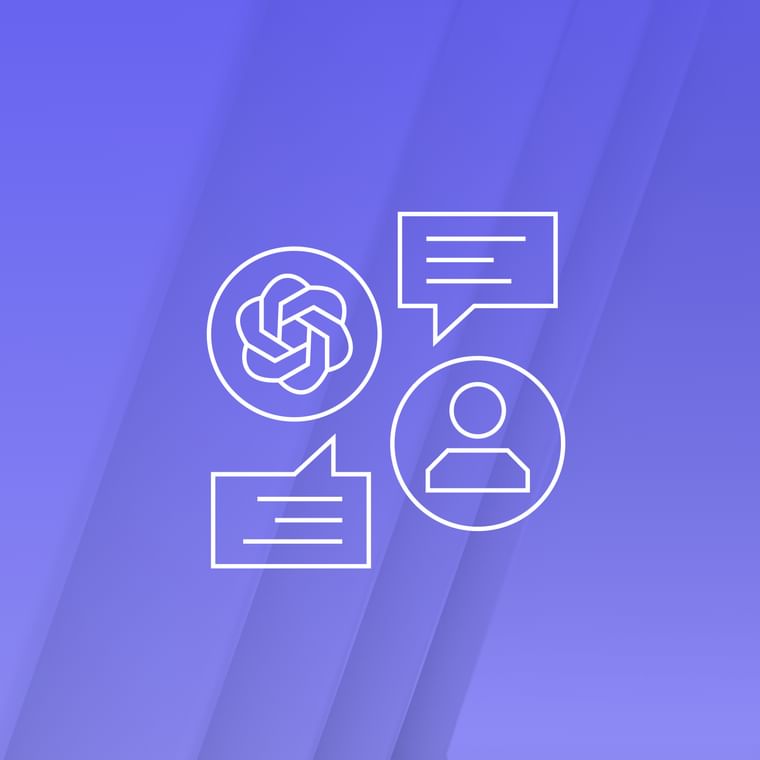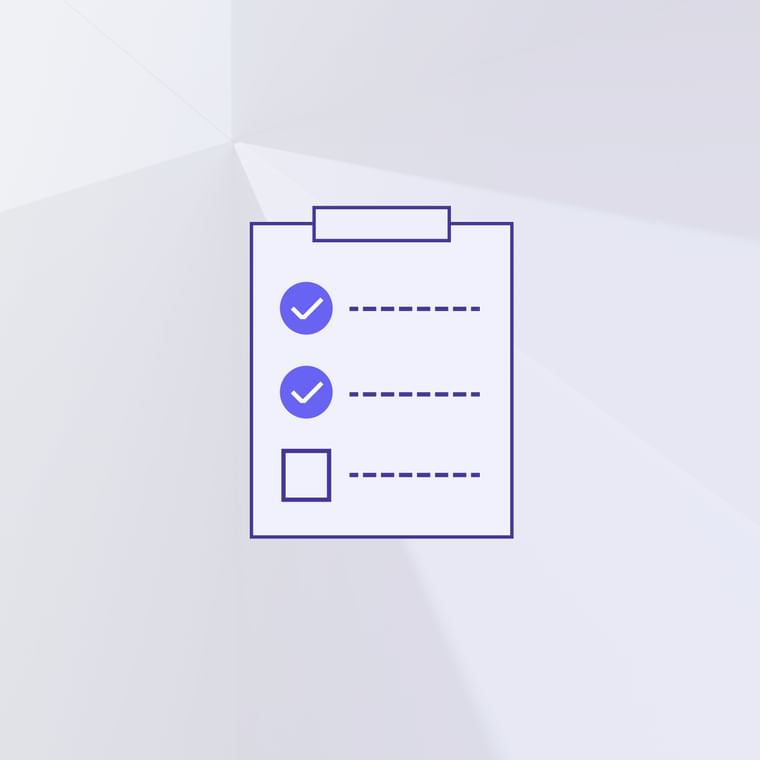How AI-Enabled Cyberattacks Work, Why They're Increasing, and How to Stop Them
One of the latest and most concerning developments in the world of cybersecurity is the use of weaponized artificial intelligence (AI) to carry out cyberattacks. AI-powered tools like ChatGPT have given threat actors the ability to quickly craft convincing and targeted phishing emails that used to require considerable sophistication and resources.
These AI-powered attacks are becoming increasingly common and pose a significant threat to organizations and their sensitive data.
Learn what exactly an AI-powered cyberattack is, see how they work, and discover prevention methods.
What is an AI-Powered Cyberattack?
An AI-powered cyberattack, also known as an AI-enabled or offensive AI attack, leverages AI/ML algorithms to carry out malicious activities. These attacks use AI to automate and enhance the capabilities of traditional cyberattacks, making them more sophisticated, targeted, and challenging to detect.
AI-powered cyberattacks can take various forms, such as phishing emails, malware, ransomware, or even social engineering techniques. What makes them dangerous is their ability to adapt and evolve based on the data they collect and learn from their targets.
Examples of AI-Powered Cyberattacks
Using a deepfake voice technology in a CEO scam. In this scenario, a threat actor used AI-powered software to mimic the voice of a company's CEO and request urgent wire transfers from employees.
Creating convincing phishing emails with generative AI. A sophisticated phishing scam used to require research and effort, but now attackers can make them in seconds.
Discovering software vulnerabilities and evading intrusion detection with AI algorithms.
Chatbot phishing scams, where chatbots engage in seemingly harmless conversations with potential victims, subtly gathering information about personal details or login credentials.
Prevention Methods Against AI-Powered Attacks
Fight fire with fire. In other words, use defensive AI to mitigate offensive AI. Security practitioners must embrace the next generation of security tools, including:
Network anomaly detection: AI-driven anomaly detection systems can identify unusual patterns or behaviors in network traffic, user activity, or system processes.
AI-focused threat detection: Use AI detection to identify AI vulnerabilities.
Security audits: Harnessing AI can make audits potentially faster, cheaper, and more thorough than manual efforts.
Behavioral-AI email security: Ensure targeted phishing and malware attacks aren’t landing in employee inboxes.
Posture management: Instantly uncover misconfigurations and unnecessary permissions across your environment.
Automated security operations: With the growth in cyberattacks and the workforce gap, using AI to automate cumbersome-but-crucial manual tasks becomes a necessity.
Attackers and defenders both rely heavily on AI. Our series, The Convergence of AI and Cybersecurity, focuses on this new era, highlighting the increasing difficulties caused by AI-powered cyberattacks and the new strategies used by defenders.
The Growing Threat of AI-Powered Cyberattacks
We surveyed 300 cybersecurity leaders and nearly 50% confirmed the presence of AI-generated attacks in their email environments. This number is poised to increase as cyberattacks become more common and costly than ever before. Here’s why:
IoT devices, remote work, and a general worldwide reliance on virtual connectivity has opened endless doors for scams, attacks, and vulnerabilities.
Generative AI tools make it easier than ever for attackers to craft convincing messages and sophisticated malware.
There is a vast shortage of qualified cybersecurity personnel.
State-sponsored cyberattacks are a popular method to destabilize geopolitical foes.
These combined factors make AI-enabled attacks both more attractive and effective for threat actors.
Get AI Protection for Your Human Interactions






